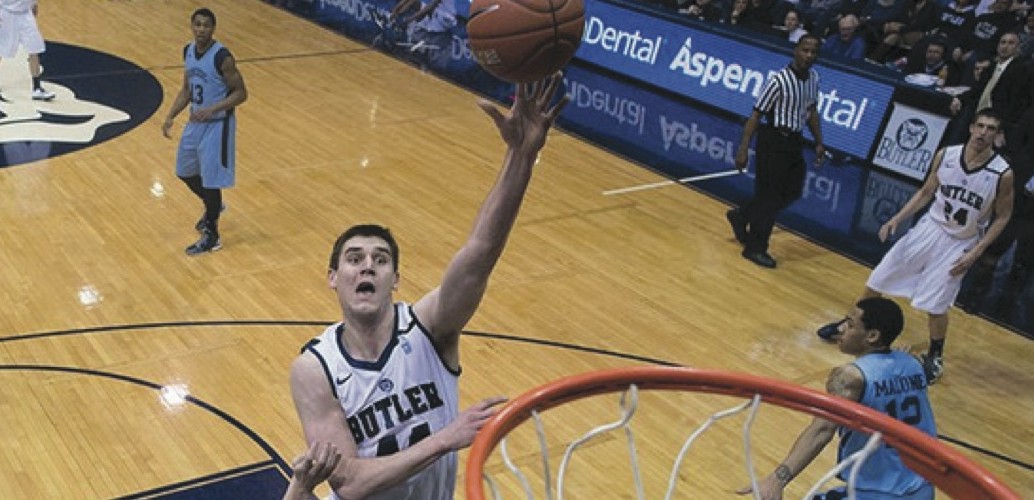KIRSTIN ADAIR | ASST. NEWS EDITOR | kadair@butler.edu
The American Cancer Society predicted more than 1.5 million people would be diagnosed with cancer in 2015. However, patients are not the only people affected by the disease.
From the moment Andrew Smith was diagnosed with cancer, his wife Samantha was by his side. She stayed with him and gave him love and support as he went through chemotherapy and radiation, and she published their story on her blog, Kicking Cancer with the Smiths.
Diseases such as cancer can be life-altering. Children, spouses, parents, friends, coworkers and many others can be impacted by a cancer diagnosis. Watching someone close to you live with a disease is not easy, especially when they need help outside the hospital.
Many people living with cancer in the U.S. require a caregiver. A caregiver takes care of patients and helps them with tasks necessary for day-to-day life that they can no longer complete on their own. Caregivers can also provide mental and emotional support.
Many people who become caregivers are related to the patient. The caregiver could be a parent, spouse, child or sibling.
A study published by AARP estimated in 2015 there are a total of nearly 44 million unpaid caretakers in the U.S. The study also found that about 85 percent of caretakers are related to the patient.
The physical and mental toll cancer takes on friends and relatives of cancer patients is significant. Samantha Smith described consecutive weeks spent in the hospital, with both good days and very difficult days.
In a blog post from June 26, 2014, Samantha described a time in January when she needed a break. She was in the hospital with Andrew, and he was receiving chemotherapy.
Samantha wrote about her love for running and how she knew it would give her an opportunity to clear her mind. The nurses surprised Samantha by bringing a treadmill into the room, and that evening she prepared to run.
After she started running, she looked over at Andrew, lying in his hospital bed. She stopped running immediately as the reality of their situation hit her. She thought about his days playing basketball, about how he could run up and down the court seemingly without effort. She wondered why she was able to run on the treadmill when there were days her husband could not get out of bed.
“How was it possible that Andrew has cancer?” Samantha wrote. “This isn’t fair. It’s not fair that I can run freely while he has to sit in a hospital bed getting a drug that completely wipes out his entire body; the body that just weeks ago was healthily running up and down the court.
“After that meltdown, I refused to run. For a little while I tried, but with each step I was reminded of the injustice that I could run and Andrew could not. And that was just not something I could handle.”
Throughout Andrew’s illness, Samantha and Andrew found strength in their faith. They decided to use their struggle to help other people, which helped Samantha stay positive and strong. When something happened that they did not understand, they tried to accept it and not worry.
The American Cancer Society recommends caregivers find healthy ways to cope and get involved with a support system. Healthy coping methods include talking to supportive family and friends, finding a hobby or getting involved in the community and taking care of your body by exercising, eating a healthy diet and relaxing.
By staying healthy, finding support and using healthy coping mechanisms, people close to someone with cancer can be better prepared to provide support themselves and help the patient however they can.

